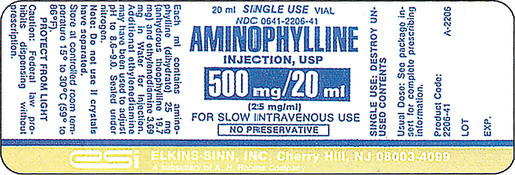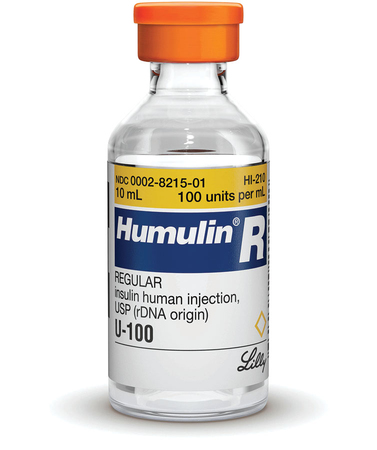1. Calculate the volume of an injectable solution and the quantity of drug in an injectable solution. 2. Calculate powder volume for an injectable medication. 3. Calculate intravenous medications from a powder injectable. 4. Calculate intravenous flow rates for intravenous solutions. How many milliliters of aminophylline would be required to provide 1500 mg of medication? How many milligrams are in 3 mL of atropine? Let’s look at some typical IV orders that involve units such as insulin and heparin: 1. Order for heparin 12,000 units in NS 500 mL q8h. How many milliliters of heparin will be needed to prepare one bag? a. Choose the stock vial with the concentration of medication as close as possible to the desired concentration ordered (Figure 5-1). Since there are 10,000 units in each milliliter of the stock vial of medication, this would be the most appropriate, because the order calls for just a little over 10,000 units of medication to be used. 2. An order reads, “Add 44 mEq of sodium chloride (NaCl) to an IV bag.” How many milliliters of sodium chloride will be needed for this order? Vials of medication can contain either a solution or a powder (Figure 5-2). If it is in powder form, it is made in a freeze-dried state and then placed in a sterile container. In order to create a solution from this and be able to draw up the contents in a syringe, the powder must be reconstituted by adding a solution, such as bacteriostatic water, sterile water, or saline, known as a diluent. The correct type and amount of diluent can be found in drug references, such as the package insert or the Handbook on Injectable Drugs by Trissell.9 It is very important to use the manufacturer’s recommended solution to dilute the powder because each drug and patient is different.
Calculations used in intravenous preparations
Introduction
Calculations involving injectable medications
Example 1


Example 2




Special considerations for parenteral medications
Powder volume

Formula








